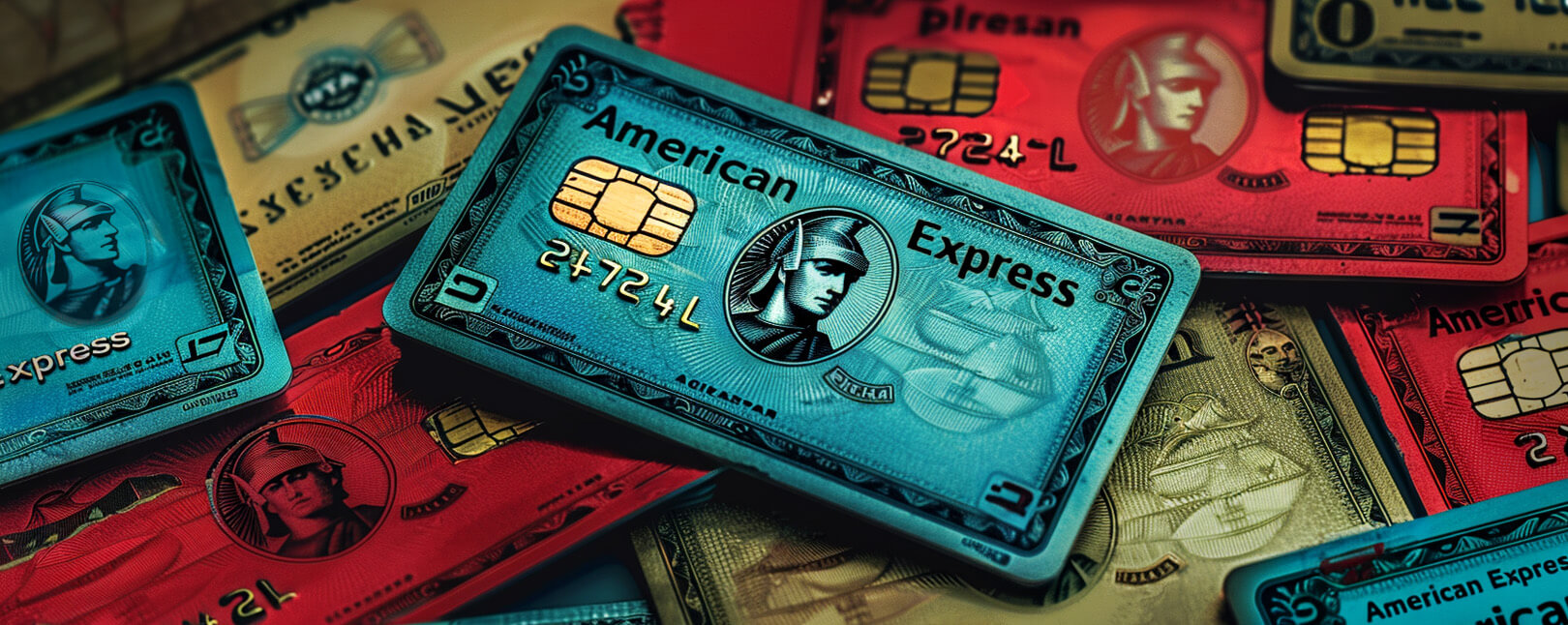10 Tips to Prevent Computer & Electronics Chargebacks
Chargebacks, or forced payment reversals resulting from a customer dispute, are becoming an epidemic within the computer and electronics sector.
Part of the problem is the overall upward trend in chargeback issuances as a whole. On the other hand, key aspects of the electronics industry make it particularly susceptible to disputes. High-dollar value merchandise, billing errors, and sensitive, fragile equipment are all factors. This can create substantial challenges for electronics retailers.
So, how do electronics chargebacks work? How can merchants prevent them? Let’s take a look.
Recommended reading
- Bank of America Disputes: Here's What You Need to Know
- Venmo Chargebacks: How Do Disputes Work on Venmo?
- Wells Fargo Disputes: Chargeback Rules & Things to Know
- American Express Chargebacks: Rules & Time Limits & More
- Stripe Chargeback Guide: Time Limits & Other Info You Need
- What is a Bank Chargeback? What Makes Them Different?
Computer and Electronic Chargebacks: At a Glance
An electronics chargeback refers to the reversal of a payment made for computer hardware or other electronic devices. The dispute is usually initiated by the customer through the bank that issued the card.
This action is typically taken in response to an issue reported by the cardholder. Receiving a defective product, unauthorized transactions, or other dissatisfaction with the purchase can all trigger chargebacks.
When a customer initiates a chargeback for an electronic purchase, the customer’s issuing bank investigates the claim to determine its validity. Suppose the issuing bank finds the claim valid; in that case, they will file an electronics chargeback against the merchant’s acquiring bank. They’re essentially reversing the transaction, refunding the customer, and debiting the seller's account. In this case, the merchant will be charged a fee, regardless whether the chargeback is warranted or not.
Why Do Computer & Electronics Chargebacks Happen?
We’re in an age where online shopping dominates and shapes customer expectations. Against that backdrop, electronics chargebacks are a stark reminder of the importance of product quality, customer service, and overall transparency. Computer and electronic device sellers must recognize these potential pitfalls and work proactively to mitigate them.
On that note, here are ten common reasons customers file chargebacks against computer and electronics merchants:
Most businesses do their best to consistently provide the best products and services possible. However, factors outside of the merchant’s control can sometimes cause problems. Incidental issues with shipping companies and manufacturers can lead to disputes, for instance.
How Do Chargebacks Impact the Electronics Industry?
The more disputes that are filed, the more risky the brand appears. That leads to higher processing fees, stricter operating limitations, and more. There’s a ripple effect as well; electronics chargebacks hurt the consumer electronics industry as a whole.
Chargebacks can lead to:
Learn more about chargeback costsChargebacks hurt everyone involved in the process; sometimes, even the customers that file them. This is why it’s so important for electronics merchants to keep ahead of the curve by implementing a few best practices to limit overall industry exposure.
10 Tips to Prevent Electronics Chargebacks
Computer companies and electronics retailers must proactively address electronics chargeback issues. The keys to this are improved communication, enhanced customer satisfaction measures, and effective dispute resolution when necessary.
Your firm needs to embrace a customer-centric approach focused on transparency and satisfaction. This proactive approach fosters trust, prevents misunderstandings, and ensures customers make informed purchase decisions.
To that end, we recommend these 10 best practices to decrease your overall chargeback issuances:
#1 | Communicate Clearly
Ensure that all terms, requirements, and other crucial information are clearly communicated to customers. Using plain language and avoiding industry jargon that may confuse or mislead customers is crucial. Providing comprehensive documentation and offering opportunities for customers to ask questions can enhance their understanding and reduce the likelihood of chargebacks resulting from a misunderstanding.
#2 | Educate Customers
Educating customers is essential. You should offer resources like user-friendly guides, online portals, dedicated customer support, etc., to help customers. Regular communication, reminders, and updates about any changes to service or upcoming renewal dates can also minimize confusion and prevent disputes.
#3 | Clarify Billing Practices
Accurate billing practices are critical to prevent billing disputes and chargebacks. You should ensure that invoices and statements are error-free, clearly indicating the services provided, associated costs, and any adjustments or refunds. Billing transparency and easy-to-understand itemization can help customers recognize and validate charges, reducing the chances of chargebacks.
#4 | Provide Training
Conducting comprehensive training for sales representatives who engage with customers is crucial. This training should emphasize accurate representation of terms and ensure that sales agents thoroughly understand the products and can effectively communicate them to potential customers.
#5 | Prioritize Customers
Maintaining strong customer service is vital for addressing customer concerns and resolving issues promptly. By offering accessible communication channels, such as phone, email, or live chat, you can proactively assist customers, clarify uncertainties, and address complaints before they escalate to chargebacks. Timely and empathetic customer support can go a long way in preventing disputes.
#6 | Ensure Compliance
Staying up-to-date with industry regulations and adhering to best practices for data security and privacy can minimize potential compliance issues. Complying with regulatory requirements can reduce the risk of penalties, legal disputes, and subsequent chargebacks.
#7 | Automate Reminders
Using automated payment reminders can help customers stay informed about upcoming due dates and avoid missed payments. Sending timely notifications through email, text messages, or mobile apps can prevent accidental lapses in service.
#8 | Improve Documentation
You should ensure that any policy documentation is comprehensive, easily accessible, and written in customer-friendly language. Clear and detailed terms, service limitations, exclusions, and procedures can minimize misunderstandings and disputes.
#9 | Enhance Verification
Implementing thorough verification processes during a transaction can help confirm customers’ identities, intentions, and understanding of the service. This can include additional authentication measures or validation checks to mitigate instances of fraudulent or unauthorized transactions.
#10 | Seek Feedback
Regularly seeking customer feedback through surveys, satisfaction ratings, or online reviews can provide valuable insights into which improvement may be necessary. Addressing customer concerns promptly can help prevent frustrations from escalating into chargebacks and demonstrate a commitment to customer satisfaction.
Learn more about chargeback preventionChargebacks Require a Better Solution
Combining the best practices outlined above can help your company create a solid framework to minimize electronics chargebacks. You can also enhance customer satisfaction and ensure a smooth and secure experience for customers in the process.
All that said, a piecemeal strategy won’t be effective. True fraud prevention and risk mitigation require a more comprehensive approach. Fortunately, we can help.
Chargebacks911® offers a true end-to-end technology platform that prevents more disputes, wins more reversals, and maximizes your ROI. Contact us today for more information on improving customer service to prevent chargebacks.
FAQs
Can you go to jail for too many chargebacks?
Consumers generally don’t go to jail for filing chargebacks, as they are a legal means of disputing a credit card charge. However, if a consumer intentionally files fraudulent chargebacks intending to deceive or steal from a merchant, this could potentially lead to legal consequences. Imprisonment would be an extreme and uncommon outcome, but it has happened.
What qualifies for a chargeback?
A chargeback is considered valid when filed due to issues like receiving a defective or incorrect product, unauthorized charges, or non-delivery of goods. The credit card company or bank then investigates the claim and, if found legitimate, reverses the transaction. The exact qualifications may vary by payment provider and jurisdiction.
What are the three sources of chargebacks?
Chargebacks typically stem from three main sources: merchant errors, which may involve dissatisfaction with a product or service; fraudulent transactions, where unauthorized charges are made using the customer's payment information; and first-party misuse, meaning the buyer deliberately or unintentionally abused the chargeback process.
What evidence do you need for chargeback?
The three main sources of chargebacks are customer disputes, often arising from dissatisfaction with a product or service; fraudulent transactions, initiated when a charge is unrecognized or unauthorized by the cardholder; and merchant errors, such as duplicate charges or incorrect billing, which result from mistakes in the transaction process.














